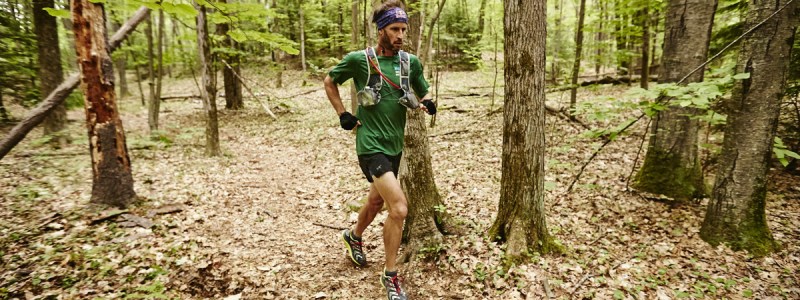On September 18, just over a year after Scott Jurek broke the previous record set in 2011, ultrarunner Karl Meltzer has bested that record by more than 10 hours. The 48-year-old Meltzer started his supported run on August 3 from Mt. Katahdin, Maine and completed the 2,190 mile (3,524km) Appalachian Trail in 45 days, 22 hours and 38 minutes.
The record breaking accomplishment comes after two previous record attempts in 2008 and 2014.
The 2,190 mile Appalachian Trail stretches from Mt. Katahdin, Maine, to Springer Mountain, Georgia, and runs through 14 states. Just to give a little perspective, the average hiker takes between five to seven months to complete the journey.
We caught up with the ultrarunner as he continues to enjoy some much deserved downtime to discuss the highlights from his journey, trail diet and what’s next.
After 2 previous attempts, how does it feel to have finally set a new world record?
I don’t look at it as a “world record”. It is simply the fastest time on the AT. It does feel good to finally achieve the goal after trying two other times. Success is always gratifying, but with as much effort as it takes to do this, the recon and preparatory work was the real key to success. I’ve put a lot of time and effort into doing this, and finally I can say I don’t have to go back.
What did your caloric intake consist of?
I consumed roughly 8,000-10,000 calories per day. Spree candy, a good beer when finishing, and many sweet treats, along with an ice cold Red Bull at each stop. Ice cream was always a favorite too (when available) and lots of BACON!
What was your favorite section of the trail?
I like the Max Patch and Roan Mountain areas the best. These are above tree line sections in North Carolina. Also, New Hampshire has the White Mountains and Mt. Washington, which are all above tree line.
Aside from the obvious (completing the trail), what was your favorite highlight?
Being able to walk, jog, and hike in the “woods” is the real attraction to the trail. The AT is a true green tunnel, which is the real beauty of it all
What was the toughest section of the trail?
Mahoosuc Notch in Maine, or the Wolf Rocks section in Pennsylvania. Both are very different, but crazy hard, rocky and technical.
What was the longest section completed between crew checkpoints?
24 miles. A section near Sugarloaf Mountain in Maine. It takes about 8 hours to hike quickly thru it. It is very technical and hilly.



